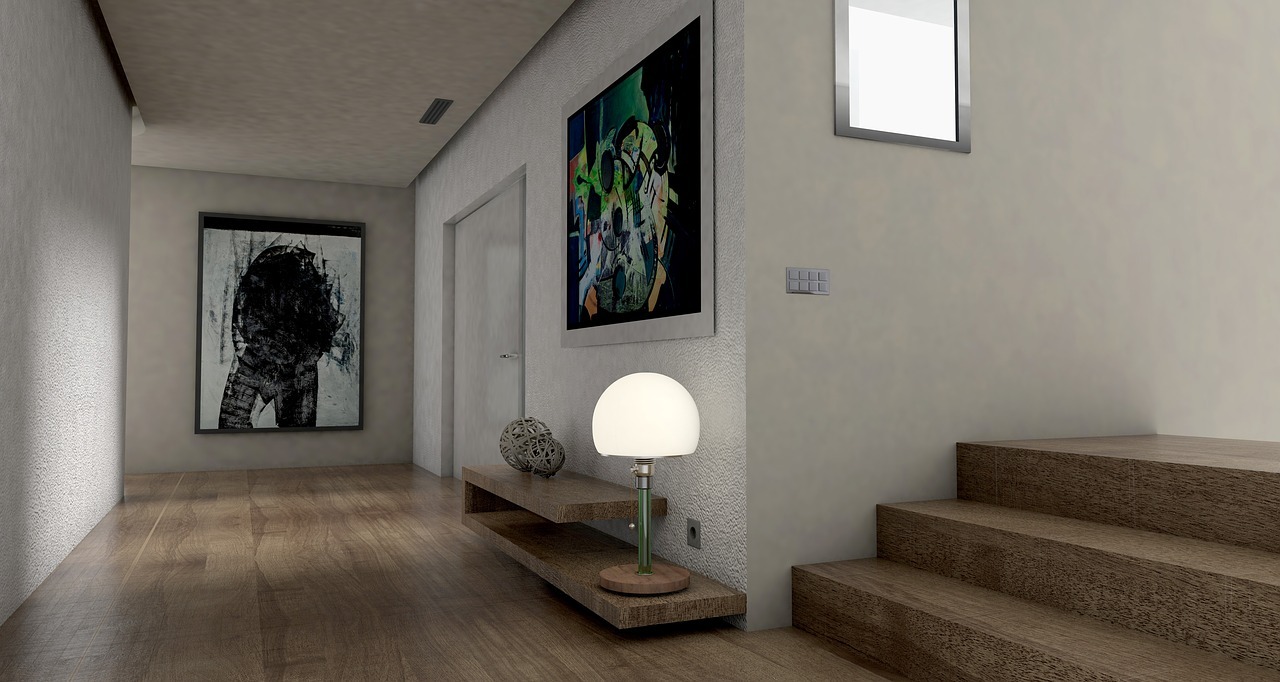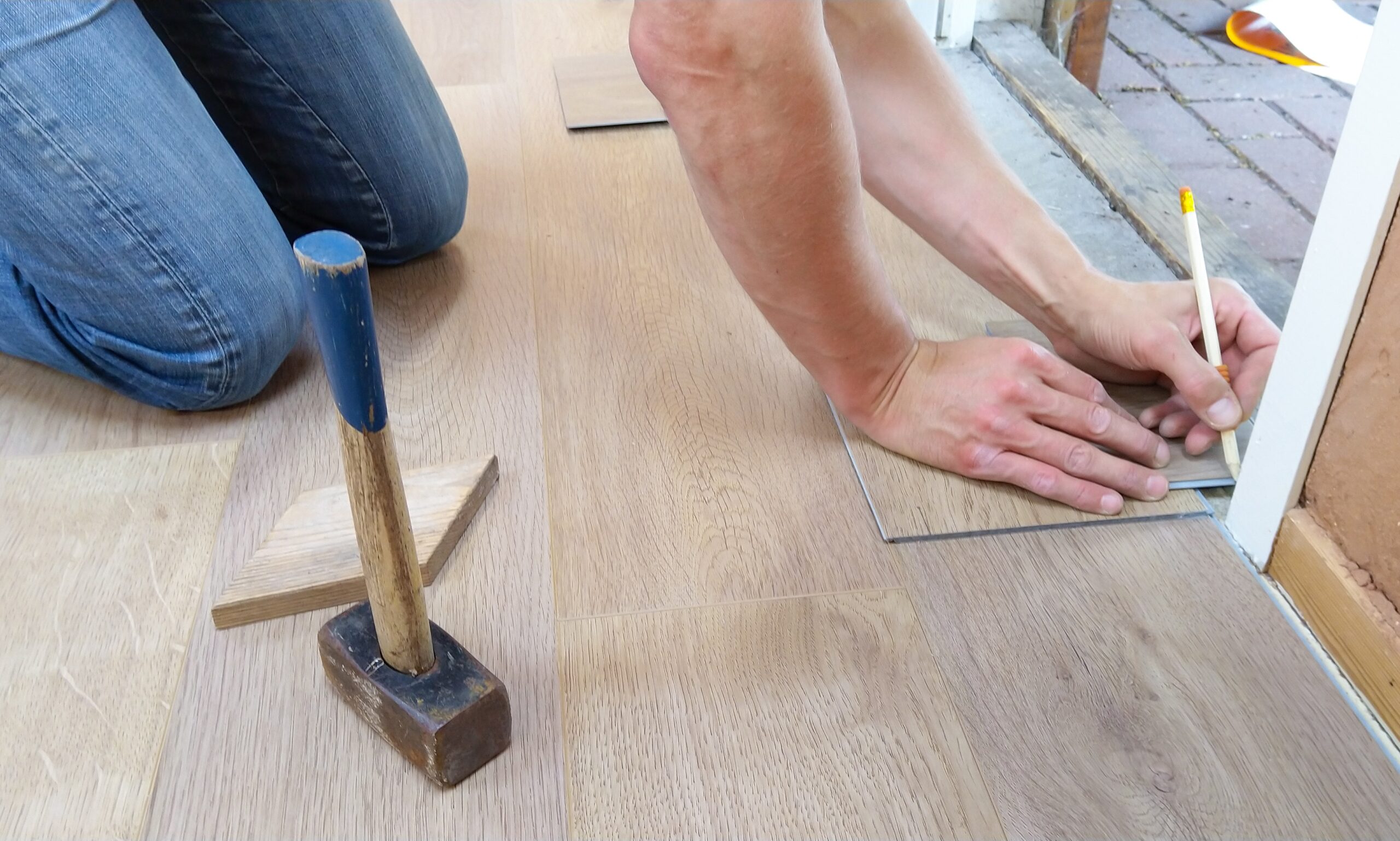Dear David: We’re having our furnace replaced and the tech said that our large HRV unit could have been installed because of radon gas concerns. This was never addressed during the sale of our home. Is it a common problem in our area? – HOLDING MY BREATH
DEAR HOLDING: As unsettling as the technician’s comment may be, I would avoid jumping to conclusions. Like mold, radon is everywhere. It’s an odourless, tasteless gas formed by the breakdown of uranium, a radioactive material found in soil, rock and groundwater. Because radon occurs naturally, issues with it tend to be regional, and it’s not considered a problem here in Kitchener-Waterloo.
Radon gas in the home
When radon gas is released from the ground into the air outside, it’s diluted to very low levels and is not a concern. Radon levels measuring at or under Health Canada guidelines are thought to be present in almost every home. The gas can enter through openings that meet the ground, such as floor drains, basement cracks, spaces around pipes, sump holes and basement windows. On rare occasions, it can accumulate in a basement or crawl space. There are health risks associated with long term exposure to very high levels of radon gas, especially if you’re a smoker.
The installation of a heat recovery ventilator (HRV) will help to reduce radon levels, if they are an issue. More commonly, HRVs are installed to boost the overall air quality of a home. Homes have become increasingly airtight as building standards have improved. HRV units enhance ventilation by introducing fresh outdoor air into the heated or cooled air being circulated through the house, while also removing stale air and pollutants. As of January 1st, 2017, the Ontario Building Code has required all new homes to be outfitted with HRVs, but many custom homes had them long before they became mandatory.
Easing radon concerns
If you’re concerned that your HRV installation stems from radon concerns, get your home tested. While a certified radon service provider can conduct the most accurate testing, DIY test kits can be purchased from the hardware store for under $40. Radon detectors are also readily available. Health Canada recommends that indoor air should have less than 200 Becquerels of radon per cubic metre. If testing shows radon levels between 200-600 Becquerels per cubic metre, it’s recommended that you address the problem within two years. If levels are above 600 Becquerels per cubic metre, you’ll want to act sooner.
PRO TIP
While unsafe levels of radon accumulation would be unusual in our region, I have heard of a few local cases. If you discover a radon issue in your home, get professional help. A certified remediation service can restore your air quality by sealing radon entry points and improving ventilation in the affected areas. #Advice #AskDavid #TheNegotiator
David is a top-selling Broker in Kitchener-Waterloo Region. He works personally with you when selling or buying your home. Moving? Get it right. Ask David today! Call or text 519-577-1212.











